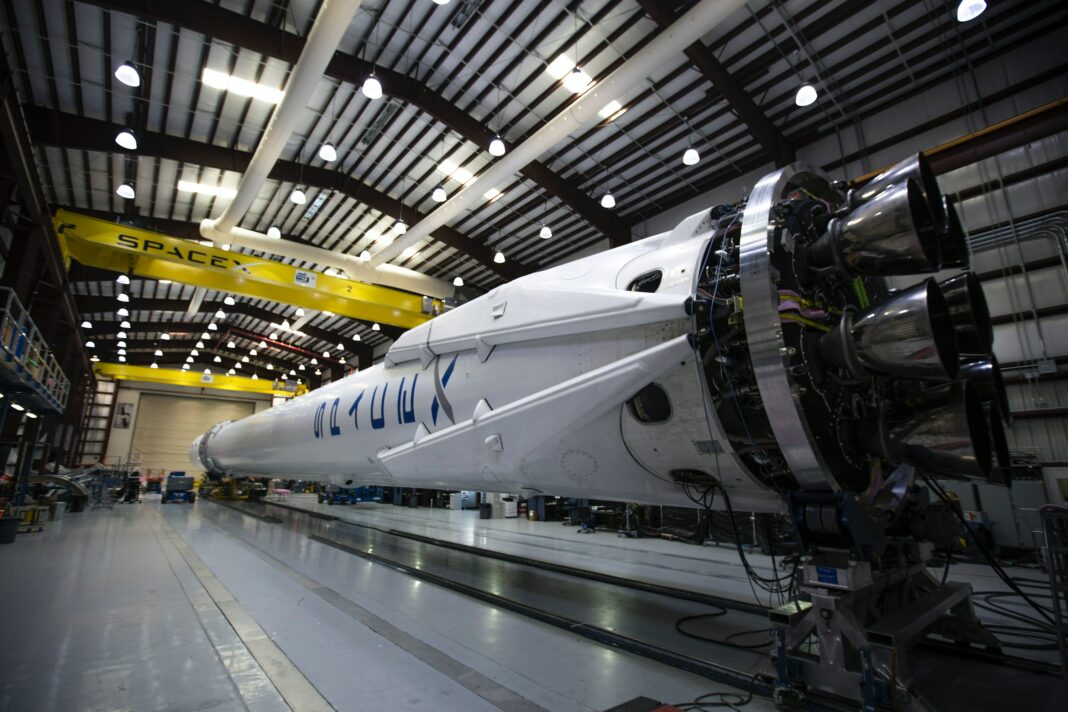In the article below, Alicia Rennoll discusses the environmental impact of Additive Manufacturing in the aerospace industry and highlights a hybrid approach that would enable to make aerospace manufacturing more sustainable.
Aviation has a disproportionate impact on climate change which the sector is struggling to countenance with effective sustainable changes. The need for aviation to change is a pressing one; according to Our World In Data, the industry is directly responsible for 3.5% of world emissions. Furthermore, the act of flying itself generates interest in polluting industries, such as tourism. One way in which aviation can make serious changes is through reforming the material production that supports the maintenance-heavy aircraft and ground devices. Increasingly, this can be achieved through additive manufacturing; though this practice does itself have some downsides.
Understanding the network
To understand the outsized impact that aviation has on world emissions, it’s important to consider the supply chain that feeds each and every flight. The most obvious indication of the impact of aviation is, of course, flight, but there is a huge amount of work that goes into getting the plane off the ground. Procurement of aircraft, parts and accessories; storage and distribution of parts through a network; ground equipment and bridging with airport operators; and security and staging. This only scratches the surface of the logistics supply in aviation, too; there is a huge amount of work going on every day in the background.
The climate impact of this supply chain is huge. Quantifying it exactly is difficult but, as McKinsey analysis highlights, the 3.5% of global emissions that flight creates must be sustained by a global supply system that at least matches that. Maintenance is a big part of that, and within maintenance, there is a significant amount of pollution created from the extraction of materials and their synthesis into parts for aircraft. One way of tackling this is through additive manufacturing.
3D printing parts
There are two main ways in which AM can have a beneficial impact on the climate cost of flight. Firstly, it allows for more rapid and less resource intensive production of materials, and it can happen at scale. Secondly, it prevents the need for detailed logistics networks, where parts are created off-site and then moved via freight into aircraft workshops or airports.
The potential applications are vast. AM has already added significant value to the aeronautical industry in small parts manufacturing, and it would continue to do so. The applications of such technologies can be used to rapidly expand and ease the rate at which aircraft maintenance is actioned, and there can be closer in-chain quality control over these parts. That will reduce waste, improve assurance, and tighten up the supply chain. That being said, the use of AM is not a closed case in terms of environmental capability.
Sustainability in Additive Manufacturing
AM has an instant sustainable impact due to their relative reduction in transport costs and their extremely advanced manufacturing processes. This introduces efficiency into manufacturing that, according to some studies, can see material use reduced by up to 80%. However, there are caveats to this, and those caveats do apply to aerospace engineering.
While additive engineering is in principle sustainable and environmentally friendly, it does have certain weaknesses. The study highlighted, produced by the Journal of Environmental Science & Technology, looks at how energy flows for additive manufacturing can be incredibly high, and in areas of non-renewable energy focus (the USA included), that can mean that manufacturing costs are very high. This is likely to be the case in solid metal manufacturing as is often seen in aviation.
Embracing a hybrid approach
There may be a solution, then, in a hybrid approach. Looking at approaching aircraft manufacturing from the classic method of metalworking when it comes to aluminium and other metals with key uses, such as tungsten, stainless steel and titanium, and then pairing this with advanced additive manufacturing on less solid materials. Think of the plastics used in the cabin of the aircraft, in its cockpit, and also on the ground through the supply chain. This small investment of time and resources will help to cut out significant transit time from the entire journey of getting an aircraft off the ground and into the sky, and reduce a reliance on a wide-scale logistics operation.
These small incremental changes will only have a small initial impact. However, as with all sustainability measures, it’s the sum of the parts that are greater than the whole. It’s cultural, too; when an organization starts to make small sustainability changes, they accrue to change the entire reputation of the business and help it to influence the wider supply chain. This cannot be underestimated in terms of its wider appeal and impacts on creating sustainability throughout the entire aviation sector.
Remember, you can post free of charge job opportunities in the AM Industry on 3D ADEPT Media or look for a job via our job board. Make sure to follow us on our social networks and subscribe to our weekly newsletter : Facebook, Twitter, LinkedIn & Instagram ! If you want to be featured in the next issue of our digital magazine or if you hear a story that needs to be heard, make sure to send it to contact@3dadept.com


